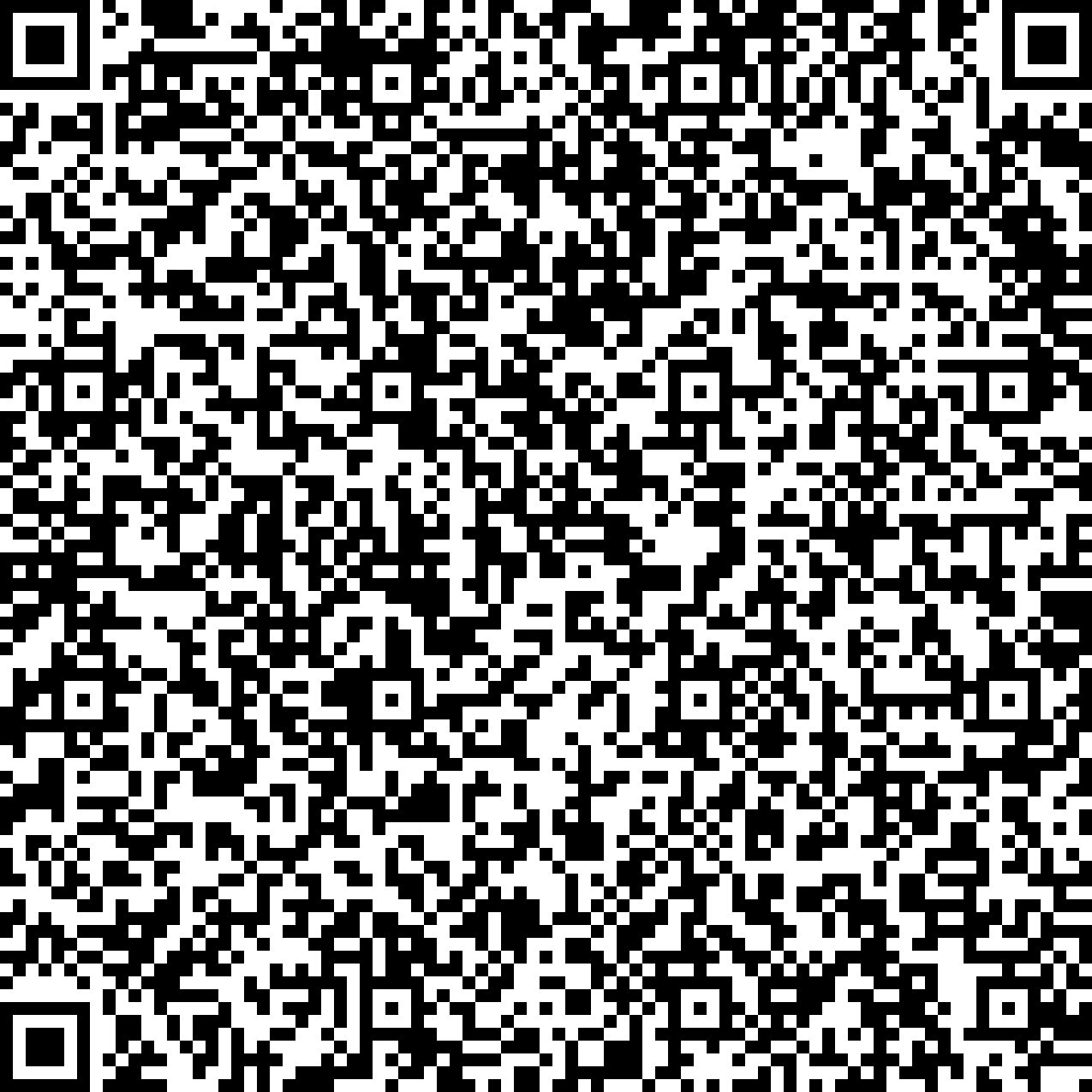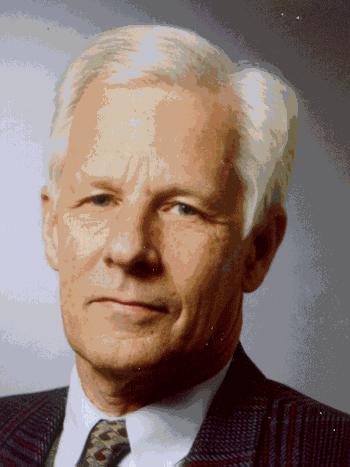


Superconducting quantum bits (qubits) have been developed and studied in recent years, for possible use in a future quantum computer that should contain many interacting qubits and that should be able to perform large calculations.
There are several types of superconducting qubits. Iin Delft we study the so-called flux qubit. It consists of a superconducting ring with three small Josephson junctions that is biased with a magnetic flux of about half a flux quantum. In this regime the classical states are characterized by circulating persistent currents either clockwise or anti-clockwise. These currents can be detected with a SQUID sensor that detects the generated magnetic flux.
With suitable parameters, a quantum superposition of the basic states occurs. The resulting qubit can be driven with resonant microwaves and Ramsey fringes and one can obtain a spin-echo signal. Decohering processes are present, in particular caused by degrees of freedom in the electrical driving and measuring circuits and by materials defects in the tunnel barriers.
Optimization of the bias conditions has a strong effect on the relaxation and dephasing times.
A flux qubit coupled to a harmonic oscillator has been realized and studied, with joint transitions of the two elements. Similarly, two coupled qubits have been realized with clear spectroscopic analysis and with conditional spectroscopy.



Superconducting quantum bits (qubits) have been developed and studied in recent years, for possible use in a future quantum computer that should contain many interacting qubits and that should be able to perform large calculations.
There are several types of superconducting qubits. Iin Delft we study the so-called flux qubit. It consists of a superconducting ring with three small Josephson junctions that is biased with a magnetic flux of about half a flux quantum. In this regime the classical states are characterized by circulating persistent currents either clockwise or anti-clockwise. These currents can be detected with a SQUID sensor that detects the generated magnetic flux.
With suitable parameters, a quantum superposition of the basic states occurs. The resulting qubit can be driven with resonant microwaves and Ramsey fringes and one can obtain a spin-echo signal. Decohering processes are present, in particular caused by degrees of freedom in the electrical driving and measuring circuits and by materials defects in the tunnel barriers.
Optimization of the bias conditions has a strong effect on the relaxation and dephasing times.
A flux qubit coupled to a harmonic oscillator has been realized and studied, with joint transitions of the two elements. Similarly, two coupled qubits have been realized with clear spectroscopic analysis and with conditional spectroscopy.